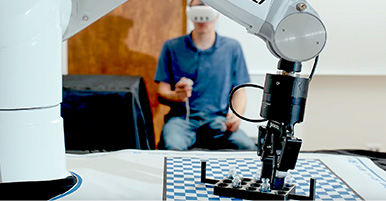Citation
Colrain, I. M. (2010). Do evoked potential differences reflect a deficit in those suffering a sleep disorder, or resilience in those who can avoid it?. Sleep, 33(5), 579-580.
Introduction
The constant demands made by our 24/7 lifestyle require an ever increasing proportion of the workforce to engage in some form of shift work. On the face of it, the development of a Shift Work Sleep Disorder (SWSD) would seem the logical outcome of these work habits. The work schedule experienced by shift workers leads them to attempt sleep in opposition to both homeostatic and circadian sleep regulatory mechanisms. This should logically lead to poor sleep, daytime sleepiness and poor sleep satisfaction. The fact that shift workers experiencing SWSD show abnormalities in neurophysiological measures of attention is an important finding, but again, one that should not be unexpected. The novel approach taken by Gumenyuk and colleagues in this issue of SLEEP has produced interesting and novel data about SWSD, specifically, the absence of a difference in N1, the appearance of a right hemisphere specific difference in the mismatch negativity (MMN), and an enhanced P3a to novel stimuli in the SWSD group.
Gumenyuk et al. point to the enhanced P3a in the SWSD group as evidence of hyper arousal and a relative inability to screen out potentially distracting or arousing stimuli that could then disrupt sleep. There are some other data showing electrophysiological evidence in insomniacs supportive of this hypothesis. For example Milner et al. reported reduced gating of auditory stimuli during wakefulness as indicated by a lack of reduction in the amplitude of P50 to the second of a pair of auditory click stimuli. Indeed, Turcotte and Bastien have recently hypothesized that underlying neurophysiological mechanisms of chronic insomnia involves both hyper arousal and inhibition deficits, with the increased arousal hypothesis supported by an increase in N1 during wakefulness (not seen in SWSD by Gumenyuk et al.1), and the reduced inhibition supported by reduced N350 in early sleep. The differential sensitivity of right hemisphere for the MMN seen by Gumenyuk et al. is partially supportive of the right hemisphere sensitivity for a reduced P300 after a week of sleep restriction While the P300 in that study was the more traditionally reported as target related P3b, it shares many of the same underlying neurophysiology as the P3a.


